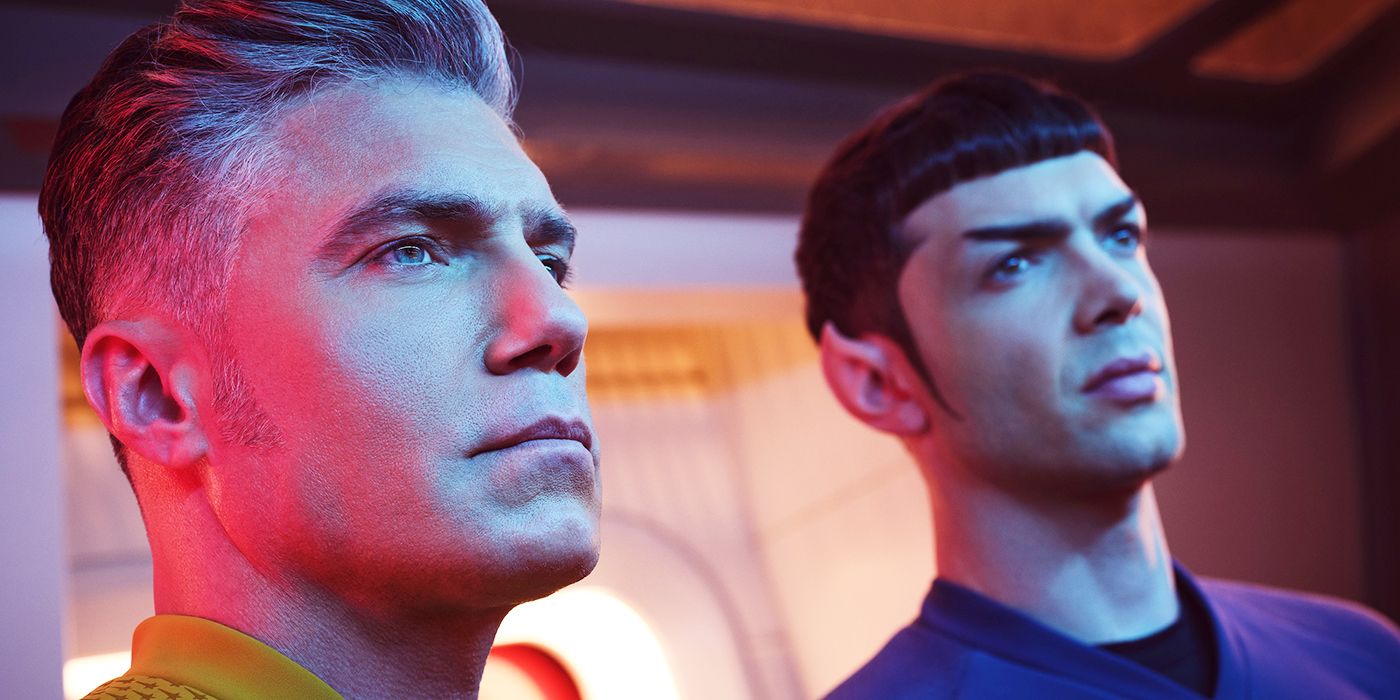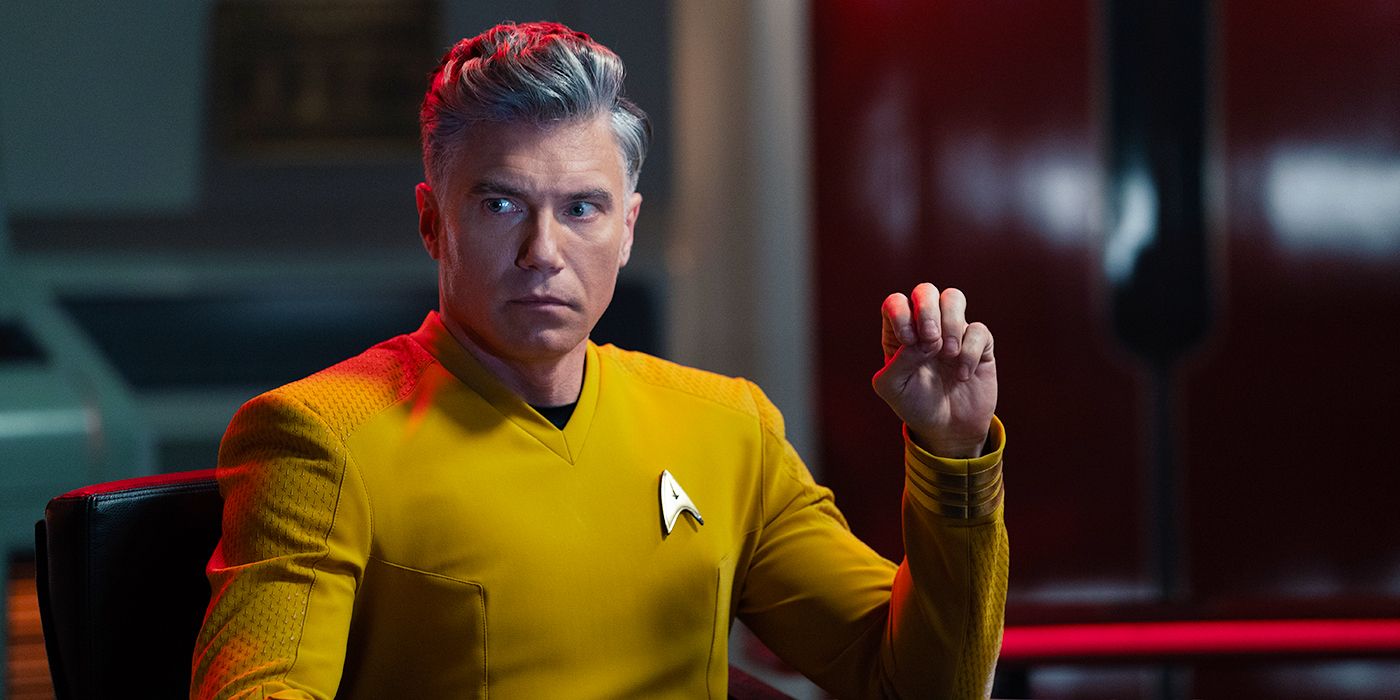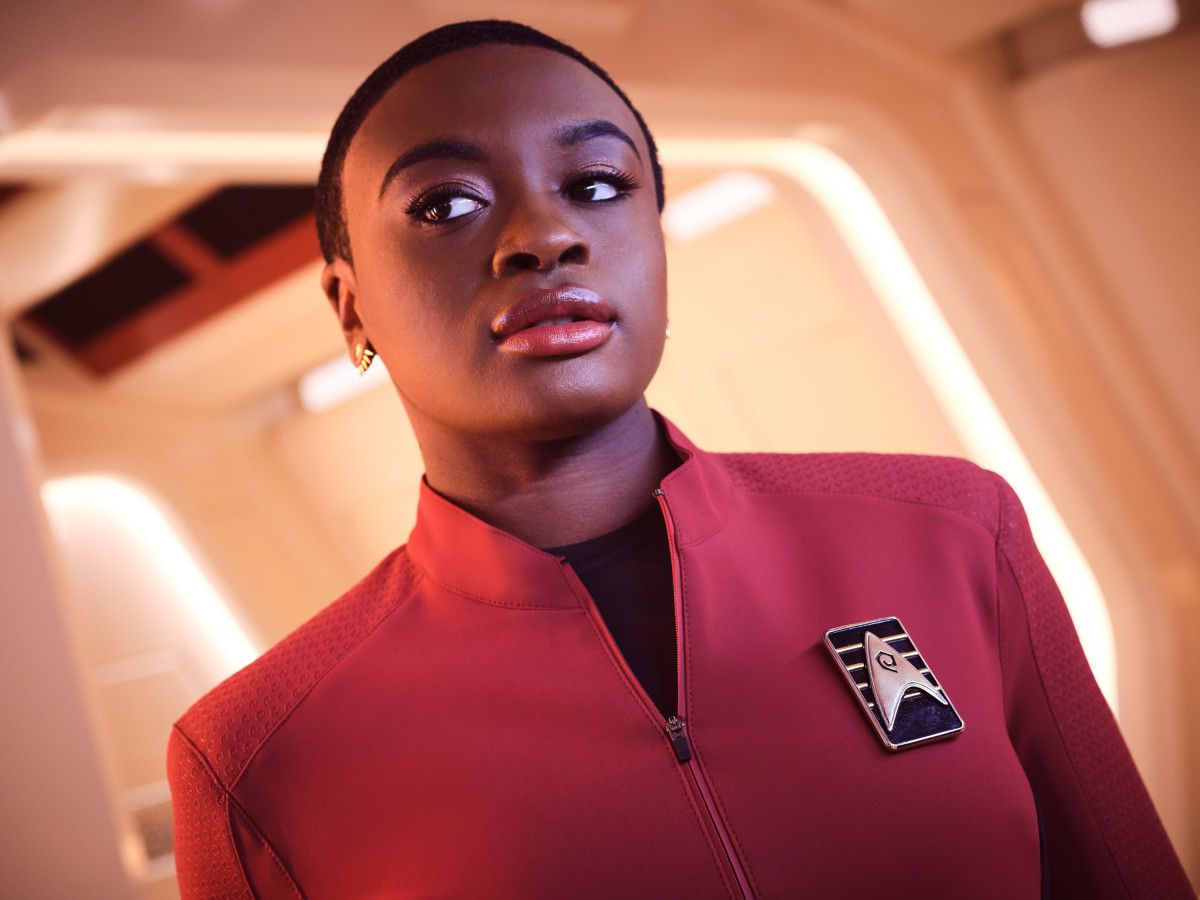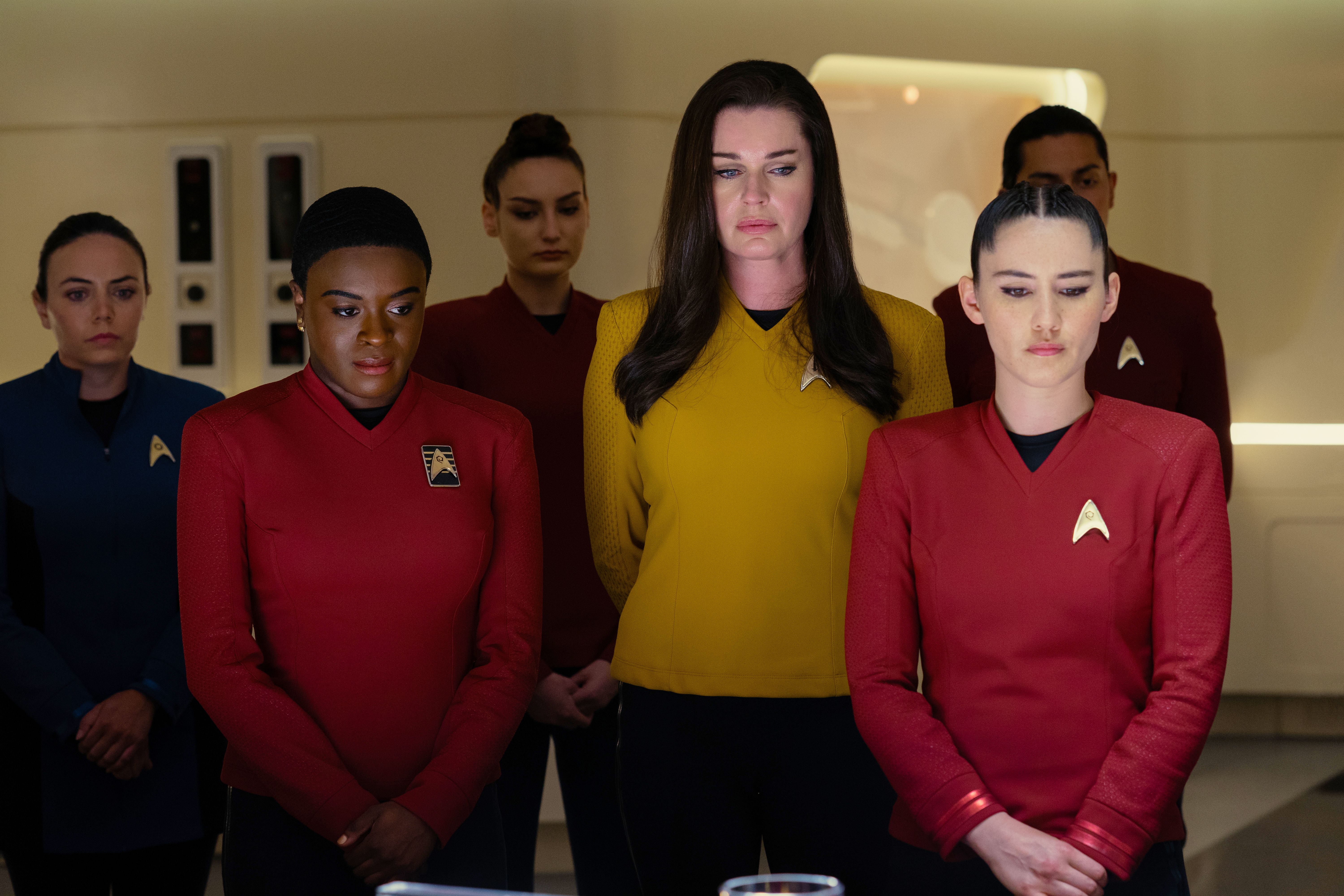It’s no surprise that the Star Trek franchise has come a long way from its original concept, and this has generated plenty of discussion on the matter over the decades. Creator Gene Roddenberry‘s original series contrasts quite substantially with recent entries both on the silver screen and on streaming. JJ Abrams‘ movie adaptations and shows such as Star Trek: Discovery and Star Trek: Picard are quite more in line with high drama and contemporary science fiction compared to where the franchise began in the 1960s.
That isn’t to say “NuTrek” is inherently bad for being different. Critics have praised Discovery and Picard significantly for their seasonal arcs and dramatic moments. The special effects facelift the shows received compared to previous eras, coupled with massive battles and elaborate set design, have proven to be quite popular with a certain viewer demographic. However, some longtime Trek fans have been split on this new presentation, to say the least.
Enter Star Trek: Strange New Worlds, which has surprisingly put quite a bit of inter-fandom conflict to bed, at least as far as reception has been concerned. But why is this the case? The show still possesses much of the production quality and special effects emphasis that its predecessors had, so what changed? One can likely look to the format of the show itself, and the shift in its focus.
Strange New Worlds follows the exploits of the USS Enterprise on a five-year mission of exploration. The ship is commanded by Captain Christopher Pike (Anson Mount), Kirk’s predecessor, and features many popular characters including Mr. Spock (Ethan Peck), Number One/Una Chin-Riley (Rebecca Romjin), Nyota Uhura (Celia Rose Gooding), and Nurse Christine Chapel (Jess Bush). In lieu of massive galactic threats and darker undertones, the show hearkens back to the days of The Original Series and Rick Berman‘s run on the franchise beginning with Star Trek: The Next Generation.
For example, the second episode of Strange New Worlds focuses on Uhura’s struggle with self-doubt, wondering if she’s truly meant to be a part of Starfleet. However, the Enterprise crew is quickly thrust into the exploration of a comet revered by an alien race, which initially seems to be threatening the safety of a nearby planet. Compared to Discovery’s Federation-Klingon War and Picard’s attempt to save Lt. Commander Data’s (Brent Spiner) “daughter” from a Romulan cabal, the story is quite scaled down by comparison for an initial season.
This seems to be the crux of Strange New Worlds‘ appeal to old and new fans in the Trek community. Its episodes are much less serialized, and its focuses lean toward character dynamics and everyday problem-solving. While some overarching narratives still come into play (Pike’s reckoning with witnessing his harrowing future), the show keeps its stories individual and its overall stakes small compared to galactic-level threats made popular in previous Trek outings. Visually, we see prolonged shots of multiple parts of the Enterprise, making the vessel feel much more lived-in and homely like it had been in the past.
This isn’t to say one format is better than another; each certainly has its audience. However, previous live-action Trek releases had strayed away somewhat from what made the franchise popular during the Berman era in particular: self-contained episodes and more personal narratives. There are still plenty of threats in the Alpha Quadrant, but not every solution results in space battles and intense character drama. This more intimate examination of members of the Enterprise and how they solve everyday problems still has its audience, and this appears to be reinforced by how the show has been received both by critics and by the franchise’s fandom. It may not be perfect, but Strange New Worlds shows that there’s still plenty to offer by using the franchise’s more traditional formula. The world of streaming may have changed conventional television, but the broadcast-era writing and themes are thriving in Strange New Worlds‘ setting.
This balance should prove excellent for the long-term prospects of Star Trek, with separate shows leaning into different presentations, with their own distinct writing and themes. Variety is the spice of life, and the same can be said for long-running franchises. Thanks to Strange New Worlds, more traditional Trek fans have a show that rests more in line with their tastes, and Discovery and Picard can appeal to Trek fans and watchers that enjoy serialized stories and intense combat and stakes.
Hopefully, CBS and Paramount can continue to burn the candle on both ends. It isn’t possible to make every fan and viewer happy, but by providing new avenues for Star Trek while keeping other IPs closer to its traditional roots, there can be something for everybody. Toss in additional shows such as The Lower Decks for some animated humor and Star Trek: Prodigy aiming for a younger demographic, and the franchise becomes something much more than it likely could have envisioned decades ago. With this something for everyone approach, Trek can continue to be an all-encompassing media franchise that brings so many of us together to relish in its view of the future and what lies beyond the stars.
























































![Key Metrics for Social Media Marketing [Infographic] Key Metrics for Social Media Marketing [Infographic]](https://www.socialmediatoday.com/imgproxy/nP1lliSbrTbUmhFV6RdAz9qJZFvsstq3IG6orLUMMls/g:ce/rs:fit:770:435/bG9jYWw6Ly8vZGl2ZWltYWdlL3NvY2lhbF9tZWRpYV9yb2lfaW5vZ3JhcGhpYzIucG5n.webp)



















